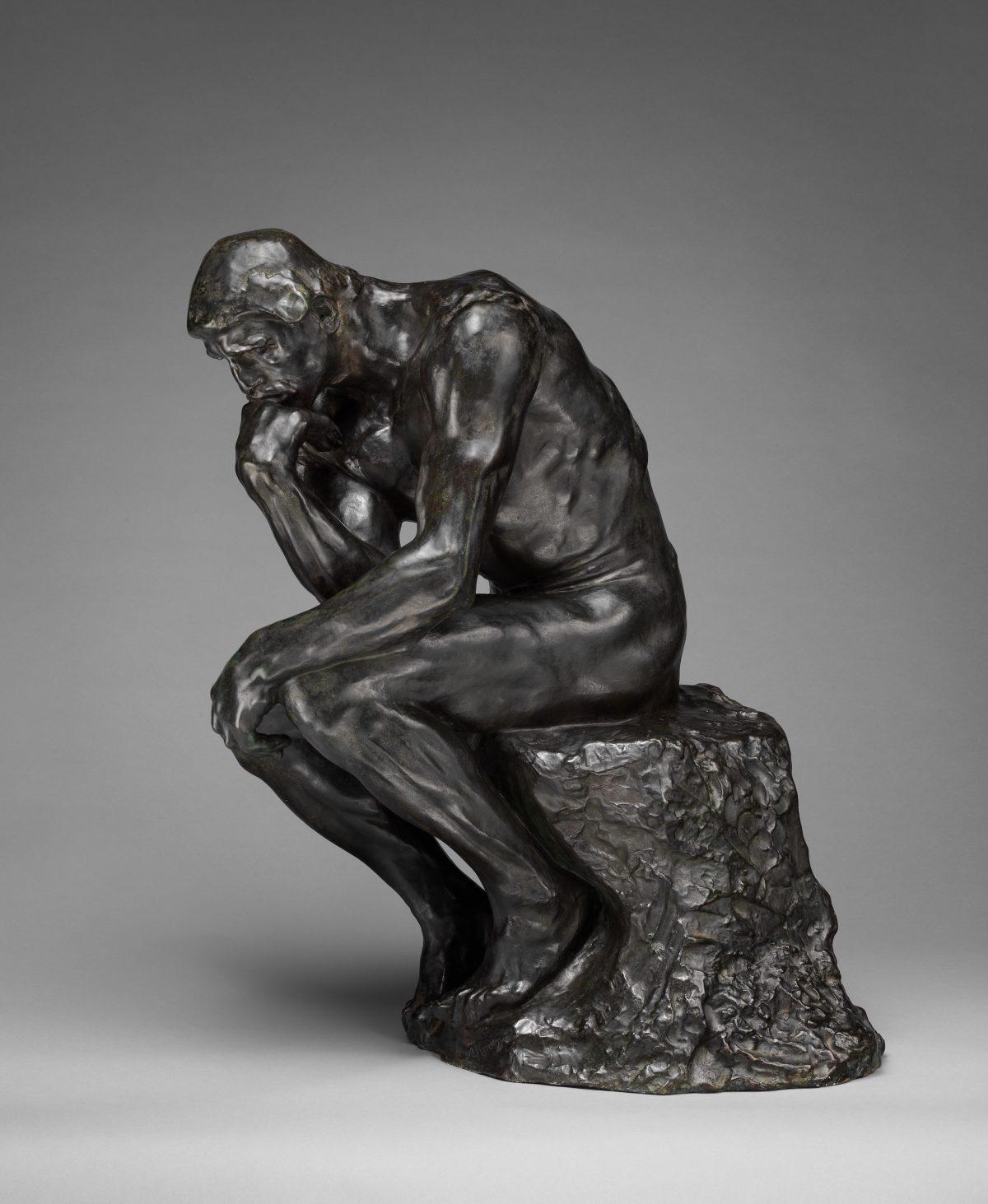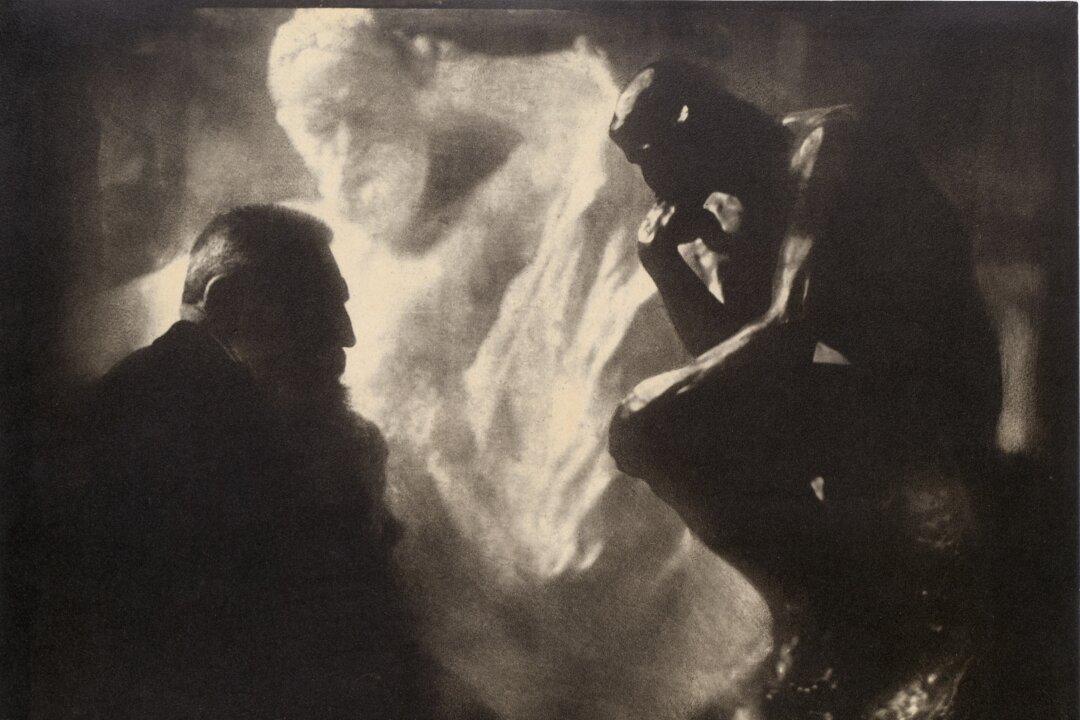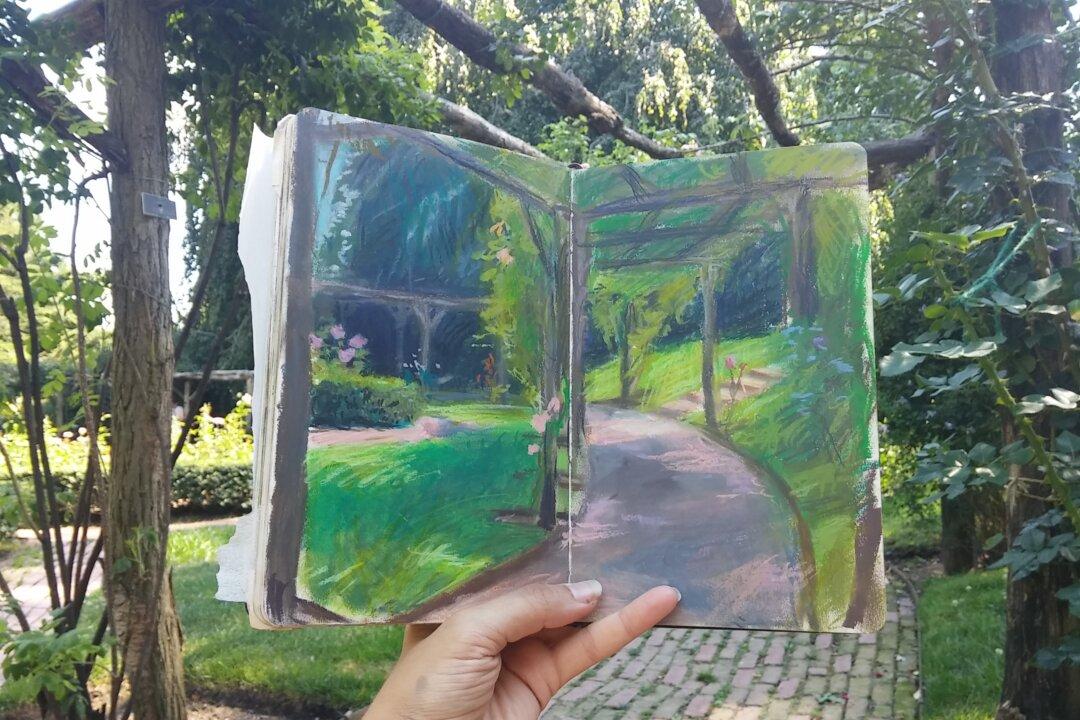NEW YORK—If you were asked to imagine a sculpture, you would likely conjure an image of a robust man sitting on a rock, hunched over with his right elbow digging into his left knee, his chin resting on his right hand, his eyes downcast—that iconic work by Auguste Rodin (1840–1917), “The Thinker.” This year marks the centennial of Rodin’s death, giving us ample opportunity to re-think this larger-than-life sculptor. Rodin may be difficult to pinpoint in art history, yet he continues to influence artists today.

“The Thinker” by Auguste Rodin (1840–1917). Founder: cast by Alexis Rudier (French), modeled circa 1880, cast circa 1910, bronze. The Metropolitan Museum of Art, gift of Thomas F. Ryan, 1910. The Metropolitan Museum of Art






